People often ask me at presentations and tutorials: ‘what are some the challenges of travelling with film?’ To be honest, after emerging from 262 cumulative days in the world’s longest lockdown in my home city of Melbourne, Australia, I’ve almost forgotten.
Fortunately, the world is beginning to open back up to travel again – especially for us in Australia, who have suffered the strictest travel restrictions in recent times bar North Korea (and that’s no joke).
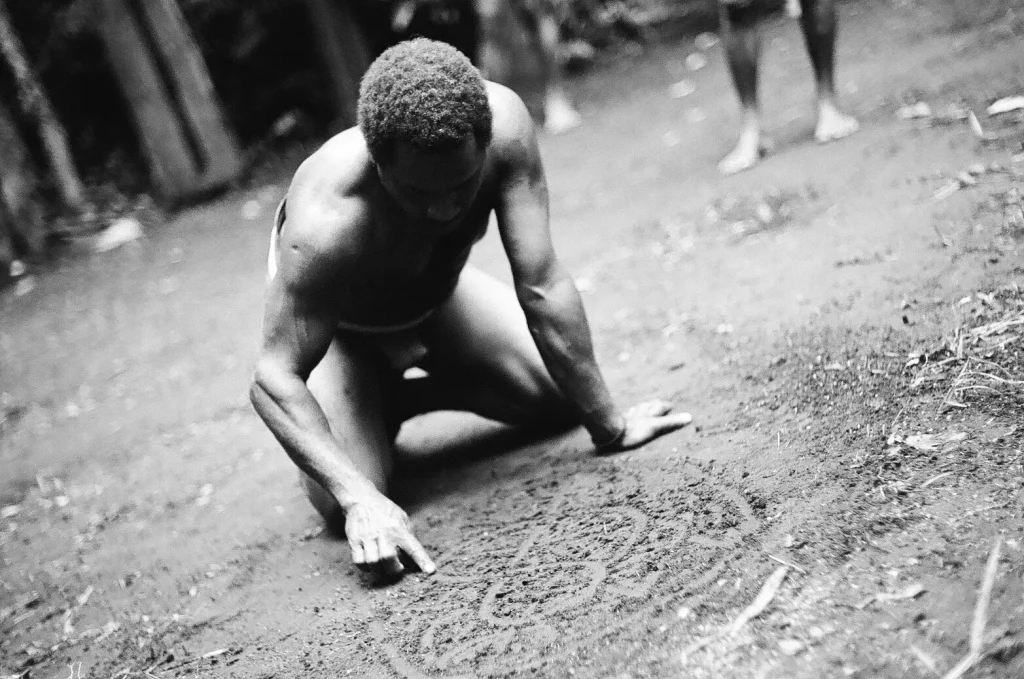
In anticipation of a new expedition, I dug out photographs from one of my last pre-pandemic trips to the islands of Vanuatu to reflect on analogue travel photography. In this particular trip I ventured to the volcanic islands of Ambrym, Tana and Malekula, and while admittedly I spent large amounts of that time hiking volcanoes, snorkelling with dugongs and drinking the local kava, I still managed to shoot a few rolls of Kodak T-Max. Having travelled with film for many years and to various continents, below are five tips I can offer from experience and in anticipation of future analogue travel projects.
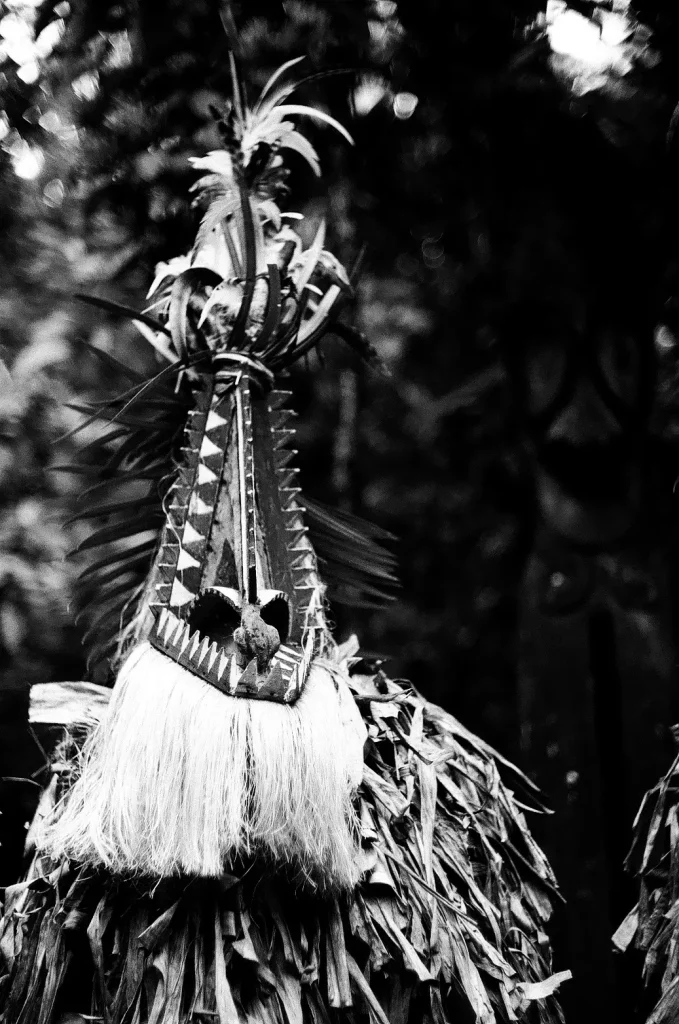
1. What’s the deal with airport x-rays and film?
This is always the first question I am asked by film photographers – do airport x-rays damage film? All I can say is, in my experience, I have never had that happen.
However, in saying that, I always make an effort to ensure my film does not go through x-ray machines if possible.
How to do that? Show up very early to the airport, be very polite and be prepared to be patient. Becoming angry or demanding will get you nowhere and a smile will open doors every time.
Often airport staff will be very interested in your film camera, and what could be a better way to spend the additional pre-flight time than having a double-sided conversation in English and Farsi about the merits of 35mm film which neither party can really understand?
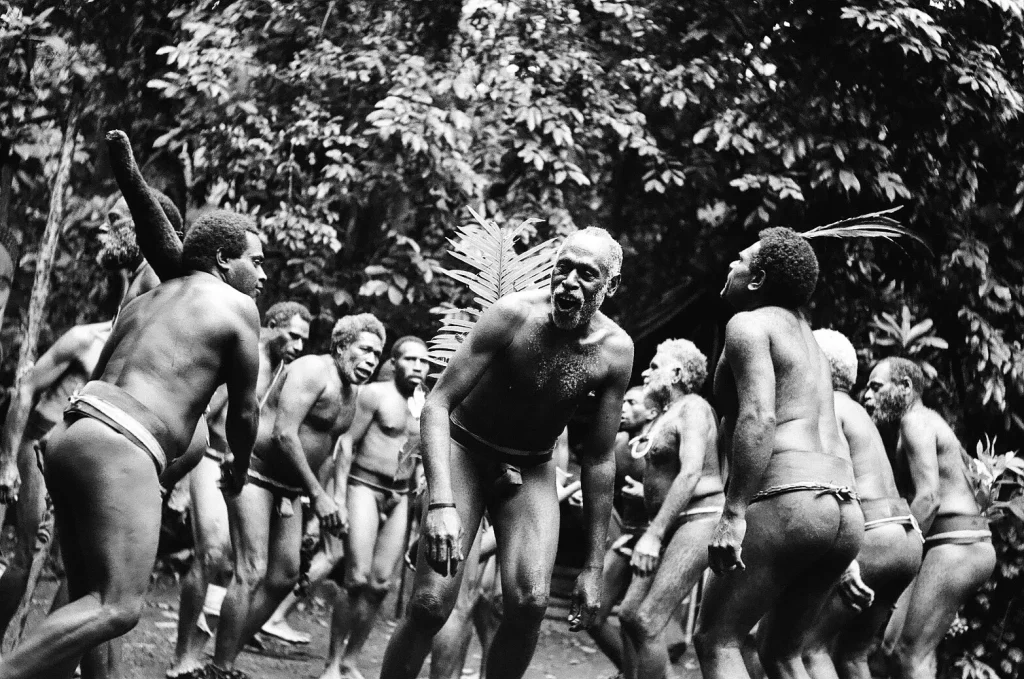
2. Carry on or check in?
This is another quandary – to store your film in carry on or check in luggage? Ostensibly, there are various theories about which will be less likely to possibly be damaged by x-rays. Again, I have no conclusive advice on this. However! I have learnt over time to keep my camera and film on me at all times, including in carry-on luggage.
Why? Here’s a story….
Readers of 35mmc may recall some time ago I posted some photos from a trip to Iran. This was an expedition I had been planning meticulously in order to shoot 30 rolls of film in 30 days to publish a book (which I am still working on 2 years later!)
I had read online that placing film in check in baggage reduced the risk of x-ray damage and, as I had changeovers in Brunei, Dubai and Muscat before arriving in Tehran, I thought I would give this a go. I meticulously packed my film in my check-in luggage and watched it disappear down the conveyer belt in Melbourne airport…
…only to watch it not appear in Dubai.
Inquiries are made. Cigarette’s are smoked in nervous anticipation. A couple of hours go by. Finally, a message from the missing luggage desk – ‘your bag has been halted in Brunei due to a search of its contents required. Suspicious items.’ This suspicious items were of course my 30 rolls of film.
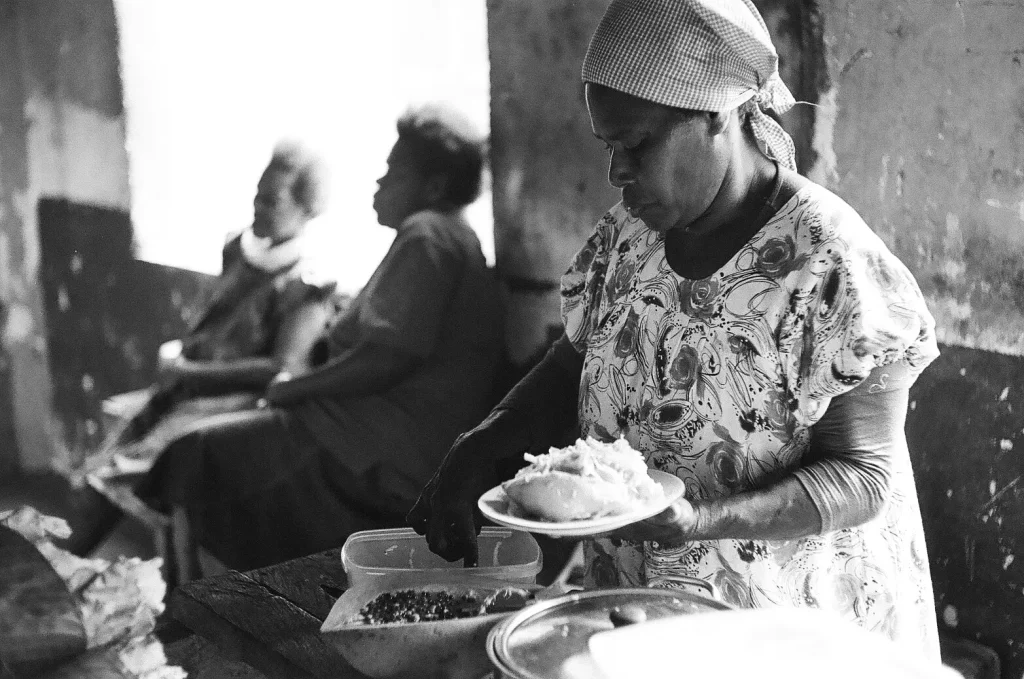
A sinking feeling of dread overcame me as I taxi’d to my now enforced layover of two days in Dubai while I waited for my bag to be cleared and finally arrive.
Would Brunei customs pop each film canister and unravel all the film in a wild search for drugs?
Would they simply throw it all out?
What if I can’t purchase any more film to complete my project?
After many international phone calls in various languages, I was finally able to get my bag delivered to Dubai and pick it up an hour before my Tehran flight. Thankfully, the film itself was not damaged and I was able to complete the project in Iran (book is still to come!)
The moral of the story? Keep your film and camera on you at all times.
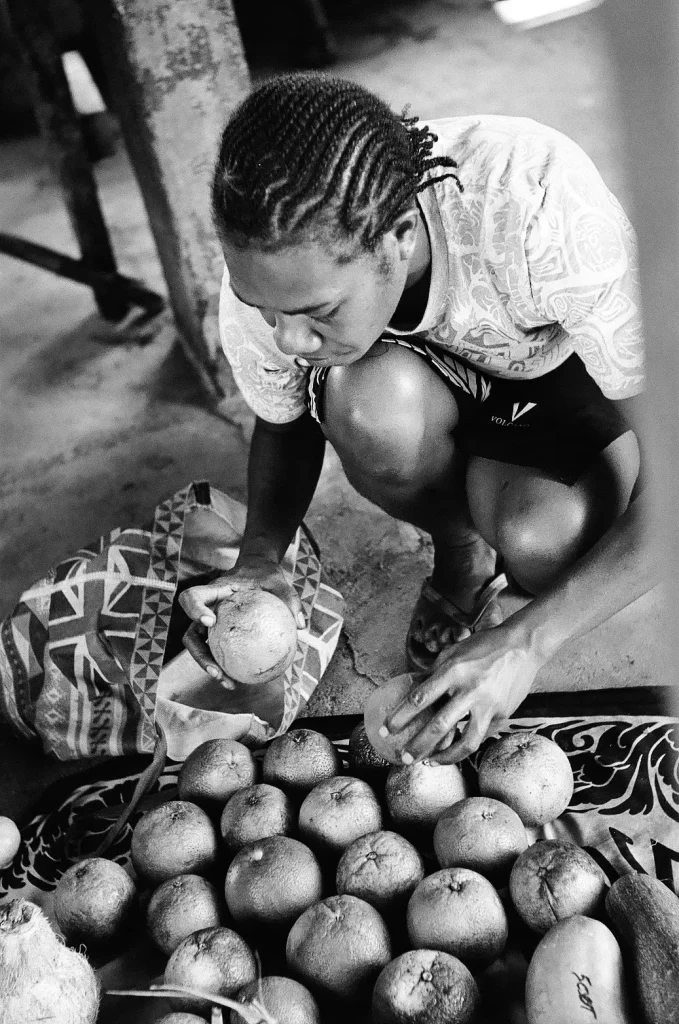
3. Safe film storage while on the road
I know people can be quite astute about the temperature film should be optimally stored in. I‘m not one of them. Yes, if at home I will keep my film in the freezer. While on the road, I don’t really care.
Firstly, where I travel there are rarely hotel fridges (or hotels for that matter). Second, if I did store my film in a hotel fridge I would likely check out with a wild hangover or in an opioid daze and forget my film entirely.
Third, I figure that for decades, photojournalists were carting film to various tropical war-zones without adequate storage and still managed some of the best images of that 20th Century – so probably not worth worrying too much about.
However, one recommendation I can make is to buy a watertight, sealable bag (like you would use to store items on a scuba-diving or boating trip). I keep everything in one of those, inside my bag as additional protection from damp, dust, humidity and sudden monsoonal rains.
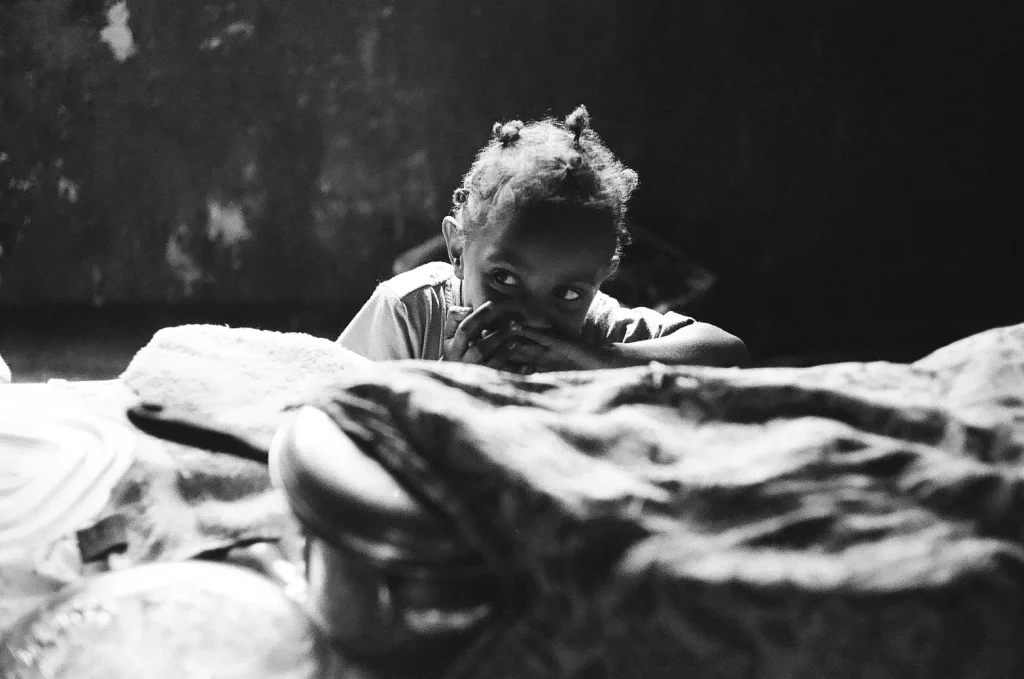
4. …but what if you lose your film or get robbed?
I figure if my film goes missing while overseas, that is just part of the risk. If you can leave home accepting that this might happen and there is nothing you can do about it, you will have a better time and enjoy the travel just as much as making the photographs.
Besides, with the amount of things that can – and do – go wrong for travellers overseas (including death) losing one’s film isn’t the worst thing that can happen.
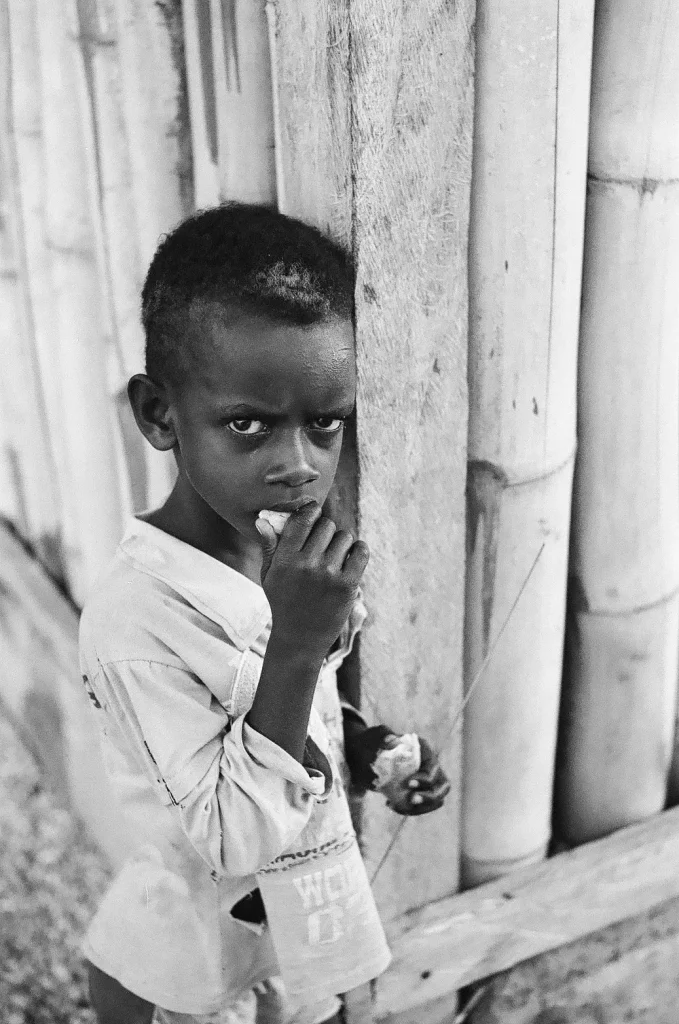
5. But don’t you find analogue photography limiting? Only 36 shots a day? Are you serious???
Yes, I know I could take thousands of photos as opposed to my measly 36 shots per day.
Yes, I know that a cheap digital camera can shoot at far higher ISOs.
Yes, I know that an SLR has super-fast eye-tracking auto focus at a gazillion frames per nano-second.
For me, analogue is a pursuit of Zen and I either get the shot in one or two attempts, or I don’t get it at all. Not only do I feel it makes me a better photographer, this approach also causes me to enjoy the travel more as I’m not worried about photographing and filming every moment of my trip – just the moments that really catch my eye.
While of course I enjoy photographing while travelling, I’m also really interested in the people, the food, the places, the music and the culture, and sometimes one just needs to sit back and absorb those elements without being distracted with photography or video or selfies. And often, it is in those moments that far more is learned about the people, place and culture, and that understanding will then translate back into far more nuanced photographs.
The Zen approach? Relax and just enjoy the trip, there is always another great analogue photo just around the corner.
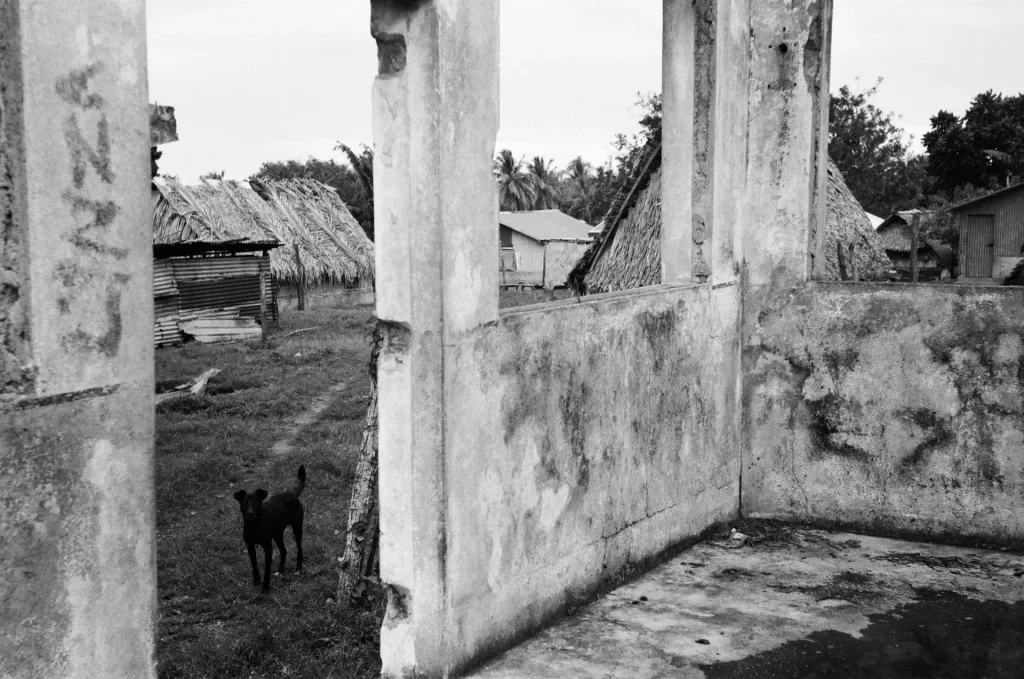
I hope you have enjoyed this selection from Vanuatu, which were shot on a Bessa R2A with a 1963 Jupiter 50mm lens on Kodak TMax 400.
A friendly, relaxed and beautifully dynamic country of beaches, villages and active volcanoes across more than 80 diverse islands, Vanuatu is certainly a destination to keep in mind as travel begins to open up again.
Share this post:









Comments
Safiyyah on The Challenges (and Joys) of Travelling with Film – Reflections on Vanuatu – By Ali MC
Comment posted: 17/11/2021
Comment posted: 17/11/2021
Lee on The Challenges (and Joys) of Travelling with Film – Reflections on Vanuatu – By Ali MC
Comment posted: 17/11/2021
Comment posted: 17/11/2021
Comment posted: 17/11/2021
Comment posted: 17/11/2021
Peggy on The Challenges (and Joys) of Travelling with Film – Reflections on Vanuatu – By Ali MC
Comment posted: 17/11/2021
Comment posted: 17/11/2021
Peggy on The Challenges (and Joys) of Travelling with Film – Reflections on Vanuatu – By Ali MC
Comment posted: 17/11/2021
Rich on The Challenges (and Joys) of Travelling with Film – Reflections on Vanuatu – By Ali MC
Comment posted: 17/11/2021
I'd rather take 36 decent shots in a day than have to go through thousands of similar "spray and pray" shots looking for "the" shot. ???? I believe that when you "spray and pray", you have devolved from an artist to a person who merely presses the button for the camera, hoping that somehow a good shot will magically be taken.
--Rich
Comment posted: 17/11/2021
Alan Jones on The Challenges (and Joys) of Travelling with Film – Reflections on Vanuatu – By Ali MC
Comment posted: 17/11/2021
...I'm still dreaming of the day I can travel with my camera again.
Comment posted: 17/11/2021
Daniel Castelli on The Challenges (and Joys) of Travelling with Film – Reflections on Vanuatu – By Ali MC
Comment posted: 17/11/2021
A timely article. I just returned from 3 days in Washington DC, flying from Connecticut on Southwest Airlines.
Various agencies have defined safety rules for travel in the US. The first, mask wearing. From the moment you enter the airport, you wear a mask. If you use public transportation, you wear a mask. In D.C., masks must be worn in all indoor spaces. A lot of time wearing a mask. Our 'new normal.'
When you fly in the U.S., you are entitled to ask for a hand inspection of film. This is clearly stated before you enter the security zone. In addition, you're informed that placing film in checked luggage will harm or destroy your film.
I didn't encounter any problems passing thru security. The TSA agents told me that the x-ray machines for carry-on luggage will not harm film up to 800 ISO. But, if you pass through multiple security points, your film may be ruined because of the cumulative x-ray exposure. I've read that 5 passes through these x-ray machines will cause damage or destroy the film. Others may have had better or worse luck. I politely tell the TSA agents that the film will pass through multiple security points, so any hand check helps me. Never a problem.
You could also buy your film when you arrive at your destination and have it processed in-country. When I was in Italy, I shot XP-2. I contacted Ilford (UK) and asked them for information on any pro labs in Florence. They provided me with contact information that led me to a pro lab. 24 hour turn-around time, but we worked that into our plans. Ya gotta love the internet!
There has been some information published by Ilford and Kodak about new generation x-ray machines that will ruin film, regardless of the ISO.
I've never used lead-lined bags. Once source of information states that security agents will pump-up the intensity of the x-ray to penetrate the bag. Others say there is no control on the device to turn up the does; it would be unsafe and perhaps fatal to the operators. But, another situation exists. I've seen the plastic trays back-up on the conveyor belt, and some stay in the machine for a few seconds. That could be damaging to film.
All of this pertains to domestic travel here in the U.S. Overseas, I've had problems at Heathrow, no problems at Shannon in Ireland and smooth sailing in both Italy and France.
Your points are valid! Arrive early as possible. Be polite. Explain why you shoot film. If needed, ask for a supervisor.
DON'T LOSE YOUR COOL! Your film could be destroyed out of spite and you could get arrested.
For me, it's worth the extra time to shoot film. 36 exposures per roll is not a hinderance. You need to plan, think and make every scene/shot count.
Comment posted: 17/11/2021
Huss on The Challenges (and Joys) of Travelling with Film – Reflections on Vanuatu – By Ali MC
Comment posted: 18/11/2021
The new CT scanners are a film killer and currently Ilford is in discussions with the powers that be to try to make exceptions for film.
As for having your film in checked in luggage - you got lucky. The Xray machines used on luggage are more powerful than for hand check.
https://www.ilfordphoto.com/faqs/
ADVICE FOR AIRPORT X-RAY SCANNERS: FILM & PAPERS
We are working with the DFT and Heathrow airport in the UK and will shortly be updating our information relating to the new CT type x-ray scanners being installed at major airports worldwide.
Based on our initial testing it is almost certain the new CT type x-ray scanners for cabin baggage will be deemed unsafe for any of our ILFORD and KENTMERE film products irrespective of ISO speed rating.
You must therefore ask for hand inspection of your films if the airport is using one of the new type scanners. We will be issuing more specific advice as we complete our testing and evaluation.
HOW TO IDENTIFY THE CT TYPE X-RAY SCANNERS
The following machines are currently on the market;
Smiths – CTIX
L3 – Clearscan
Rapiscan - 920CT / Connect CT
IDSS - Detect 1000
Nuctech - Kylin
Analogic Cobra
FOR AIRPORTS WITHOUT THE NEW MACHINES, THE FOLLOWING ADVICE IS STILL RELEVANT.
If you need to travel on aircraft with film, we recommend always taking your film in carry on cabin luggage. The X-ray scanners used to check hand luggage are safe for all but the highest speed films, so except for DELTA PROFESSIONAL 3200, this is our recommendation. It is also possible to request a hand inspection for films and most security staff will allow this (although this varies between airports and countries). For DELTA 3200 you should request a hand inspection or alternatively buy the film at your destination.
Please Note: We do not recommend taking any film in your checked hold luggage, the X-ray machines used for scanning hold luggage are more powerful than the hand luggage scanners and may cause fogging of your films.
Comment posted: 18/11/2021
Comment posted: 18/11/2021
Gary on The Challenges (and Joys) of Travelling with Film – Reflections on Vanuatu – By Ali MC
Comment posted: 18/11/2021
Comment posted: 18/11/2021
Gil Aegerter on The Challenges (and Joys) of Travelling with Film – Reflections on Vanuatu – By Ali MC
Comment posted: 21/11/2021
Comment posted: 21/11/2021